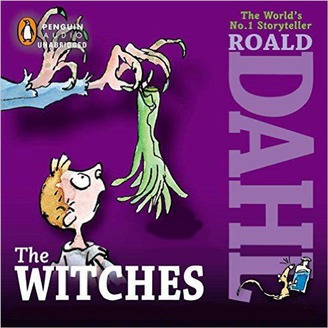

Hence, the altitude from \(A\) to \(XYZ\) is \(h_a - 2r\). Since \(XYZ\) is tangent to the sphere inscribed in \(ABCD\), the distance between \(BCD\) and \(XYZ\) is \(2r\). The ratio of corresponding lengths in these tetrahedra equals the ratio of the radii of their inscribed spheres, or \(a/r\). Since face \(XYZ\) of small tetrahedron \(AXYZ\) is parallel to face \(BCD\), tetrahedron \(AXYZ\) is similar to \(ABCD\). We can similarly find the volumes of the other 4 pieces. The volume of \(IABC\) is \(r/3\), where \(\) is defined like we defined \(\) above. Then the volume of the tetrahedron is the sum of the volumes of the tetrahedra \(IABC\), \(IABD\), \(IBCD\), and \(IACD\). We can prove that by letting \(I\) be the center of the inscribed sphere. The volume of the tetrahedron can also be written \(rS/3\), where \(S\) is the surface area of \(ABCD\). The volume of the tetrahedron is \(h_a/3\), where \(\) is the area of triangle \(BCD\).

Since these two tetrahedrons are similar with ratio \(a/r\) (since that's the ratio of the corresponding lengths, namely the radii of the inscribed spheres) we have \(a/r =\) \((h_a- 2r)/h_a\).

Therefore the ratio of the altitudes from \(A\) in \(AXYZ\) and \(ABCD\) is \((h_a- 2r)/h_a\). Hence, the altitude from \(A\) in \(AXYZ\) is \(h_a - 2r\), where \(h_a\) is the length of the altitude from \(A\) to side \(BCD\). Let's call that small tetrahedron \(AXYZ\). Since the face of this tetrahedron parallel to face \(BCD\) is tangent to the sphere inscribed in \(ABCD\), the distance between \(BCD\) and this parallel face of the small tetrahedron is \(2r\). The small tetrahedron which includes vertex A is similar to the big tetrahedron. Beginners, and even intermediate students, should not be upset if they have difficulty solving the problems on their own. One note of warning: many of the problems we use for examples are extremely challenging problems. Rarely will a reader complain that a solution is too easy to understand or too easy on the eye. However, it is far better to prove too much too clearly than to prove too little. Some steps we chose to prove could probably be cited without proof. One common theme you’ll find throughout each point is that every time you make an experienced reader have to think to follow your solution, you lose.Īs you read the ‘How To’ solutions, you may think some of them are overwritten. Below is an index each page of the article includes a sample ‘How Not To’ solution and ‘How To’ solution.
Stitcher rearrange listen later how to#
In this article, we explore many aspects of how to write a clear solution. Whether you are writing solutions for a competition, a journal, a message board, or just to show off for your friends, you must master the art of communicating your solution clearly.īrilliant ideas and innovative solutions to problems are pretty worthless if you can’t communicate them. Ou’ve figured out the solution to the problem - fantastic! But you’re not finished.


 0 kommentar(er)
0 kommentar(er)
